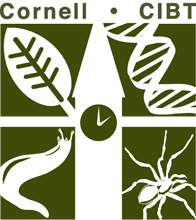Comparative Skulls
Animals
Ecology
Evolution
High School
Middle School
Physiology
What can a skull tell you? A lot! If you look at a skull for clues about its origin, not only can you identify what species it might be from, but you can learn many details about the original animal. In this lab, students will determine what clues to analyze in order to find out:
- The approximate length (including the tail) of the original specimen the skull came from
- Whether it was a predator or prey species
- What it likely preferred to eat (herbivore, carnivore, omnivore)
- Its trophic level (primary, secondary, tertiary consumer)
- Whether it walked on two or four legs
- How powerful its jaws were
- How well it could see
…and more! This lab corresponds to CIBT’s Comparative Skulls kit.
Downloads
Comparative Skulls Teacher Edition (CIBT)
Comparative Skulls HS Student Edition (CIBT)
Comparative Skulls MS Student Edition (CIBT)

